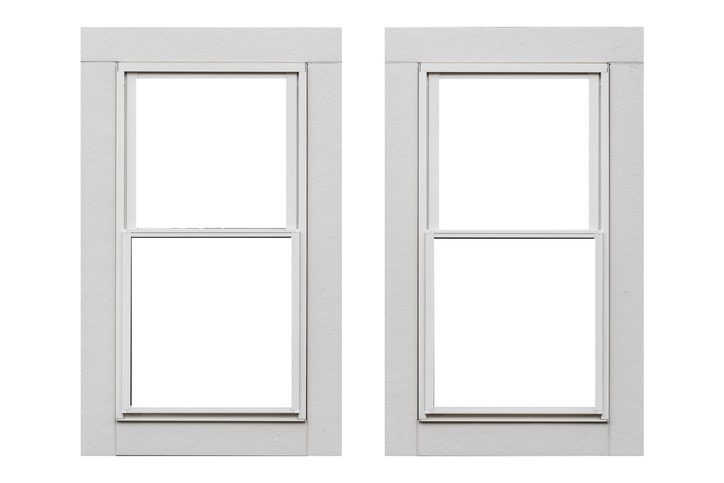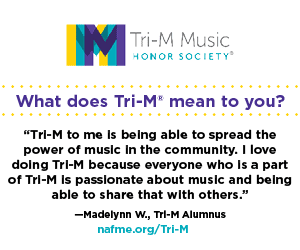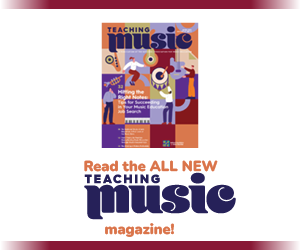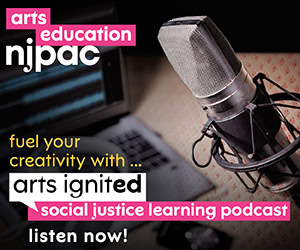/ News Posts / Increasing Diversity and Equity in K–12 Ensemble Repertoire
Programming Diversity
Increasing Diversity and Equity in K–12 Ensemble Repertoire
By NAfME Member Mary Lynn Doherty, Ph.D. Northern Illinois University
Essential Question:
If we believe our curriculum can reflect the values of inclusion and equity, are we intentionally programming and teaching pieces by a diverse group of composers?
As music educators, one of the most important things we are responsible for is choosing high quality music to share with our students. Our backgrounds and specialized training in music education give us unique opportunities to serve our students by programming music that celebrates diversity. When we program music by women and composers of color, we automatically increase the power of those voices. But this requires a lot of thoughtful reflection in order to ensure that our students are learning from composers with different perspectives and life experiences; just putting a piece in front of students does not amplify those voices. Going a few steps further will increase the depth and breadth of your students’ musical experiences, as well as enriching them as people.
Increasing Diversity through Repertoire and Composer Studies
As we know, the teaching profession is not racially diverse. According to the Pew Research Center, America’s public school teachers are far less racially and ethnically diverse than their students (Geiger, 2018). One way we can increase the connections students make to their school music programs is to intentionally program music by diverse composers and teach our students about those composers’ lives and backgrounds. We can even help our students make personal connections with living composers through commissions, live chats and residencies, which strengthen students’ experience by seeing the person in a position of power.
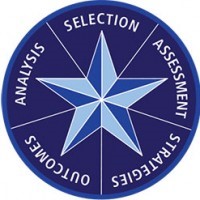
courtesy of the Illinois Comprehensive Musicianship Project
Another opportunity to bring awareness of the composer would be to encourage students to consider the viewpoint of the composer through journaling, or to ask students to analyze the composers’ choices as they are learning the music. This type of teaching is well supported by the Comprehensive Musicianship through Performance (CMP) model of teaching, which asks teachers to develop outcomes for skill, knowledge, and affective learning domains, as well go well beyond the teaching of notes and rhythms to provide a comprehensive learning experience through music (O’Toole, 2003). CMP has five points of the model that informs a teacher’s planning, teaching, and assessment of student learning.
Repertoire from Diverse Perspectives as Mirrors and Windows
If repertoire is the foundation of our curriculum, how do we best serve our students through the choices we program and study? I would argue we teach a lot more than what is on the page when we put a piece of music in front of our students; we have a great opportunity to serve our students through our curriculum, teaching them to value diversity and equity by intentionally including more diverse composers. Representation is really important for students, and teachers need to provide mirrors and windows for students to reflect on their own perspectives as well as others’ (Style, 1988).
If repertoire is the foundation of our curriculum, how do we best serve our students through the choices we program and study?
A mirror is a story that reflects a students’ own culture and helps students build their identities. A window is a resource that offers you a view into someone else’s experience (Moran, 2018). In our discipline, learning a piece written by a female composer can be both a mirror and a window for our female students. Pieces that have authentic cultural connections can serve as a mirror and window for our students who relate with a similar cultural background. Choosing repertoire written
from diverse perspectives is one step towards helping ALL students realize that they, too, can compose, perform, lead, and inspire through music and music education.
The future of music education depends on the recruitment and retention of a diverse group of teacher candidates. Programming a diverse set of repertoire is a powerful step towards increasing inclusion and equity in music education and may encourage more students to see themselves in music education, now and in the future.
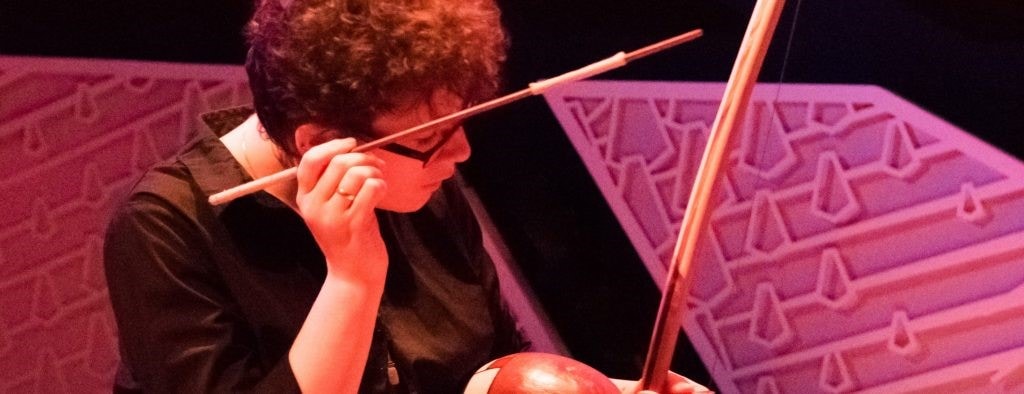
Alexis Lamb, Composer
Sample Resources:
- International Alliance for Women in Music
- Music by Black Composers
- Composer Diversity Database (Rob Deemer)

Mary Lynn Doherty and Christine D’Alexander presented “Increasing Diversity and Equity in K–12 Ensemble Repertoire,” with contributions from Alexis Lamb, as part of the “Amplify: Community” strand at the NAfME National Conference on Friday, November 8th 2:45-3:45 PM.
NAfME National Conference Session Description: Many of our schools have a growing interest in curriculum that promotes more collaboration and critical thinking in the classroom. Our repertoire can communicate our values, and teachers can intentionally promote the values of inclusion and diversity through repertoire choices. However, it takes an increased investment of time to learn about female and non-white composers for band and orchestra, as they are not as commonly programmed or featured in all-state festivals, publisher advertisements/catalogs, or even shared as part of a music teacher education program. How can we move the dial towards increased gender and racial equity in concert programming? This session will assist teachers in using repertoire to engage their students and the larger school community, share resources and repertoire lists, and encourage discussion that can serve as a model for how we can address inequities and promote a more inclusive learning environment for our students. With a focus on school band and orchestra programming, participants will also have the opportunity to interact with each other in pairs or small groups to create affective outcomes for music they are already programming, and to discuss and debrief shared successes and challenges in regard to programming and inclusion.
Additional References:
A.W. Geiger, “America’s public school teachers are far less racially and ethnically diverse than their students,” Pew Research Center, 27 August 2018.
Kimberley Moran, “What Are Windows and Mirrors?” We Are Teachers blog, 12 July 2018.
O’Toole, P. A. (2003). Shaping Sound Musicians: An Innovative Approach to Teaching Comprehensive Musicianship through Performance. Chicago, Ill: GIA Publications.
Illinois Comprehensive Musicianship through Performance (ILCMP)
About the author:
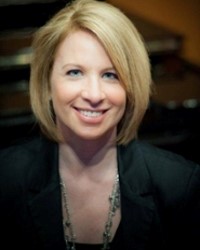 NAfME member Mary Lynn Doherty is Coordinator of Music Education at Northern Illinois University, where she teaches choral and general music methods classes, directs the University Chorus, and hosts the Summer Comprehensive Musicianship through Performance Workshop.
NAfME member Mary Lynn Doherty is Coordinator of Music Education at Northern Illinois University, where she teaches choral and general music methods classes, directs the University Chorus, and hosts the Summer Comprehensive Musicianship through Performance Workshop.
Interested in reprinting this article? Please review the reprint guidelines.
The National Association for Music Education (NAfME) provides a number of forums for the sharing of information and opinion, including blogs and postings on our website, articles and columns in our magazines and journals, and postings to our Amplify member portal. Unless specifically noted, the views expressed in these media do not necessarily represent the policy or views of the Association, its officers, or its employees.
October 23, 2019. © National Association for Music Education (NAfME.org)
Published Date
October 23, 2019
Category
- Diversity, Equity, Inclusion, and Access (DEIA)
Copyright
October 23, 2019. © National Association for Music Education (NAfME.org)


